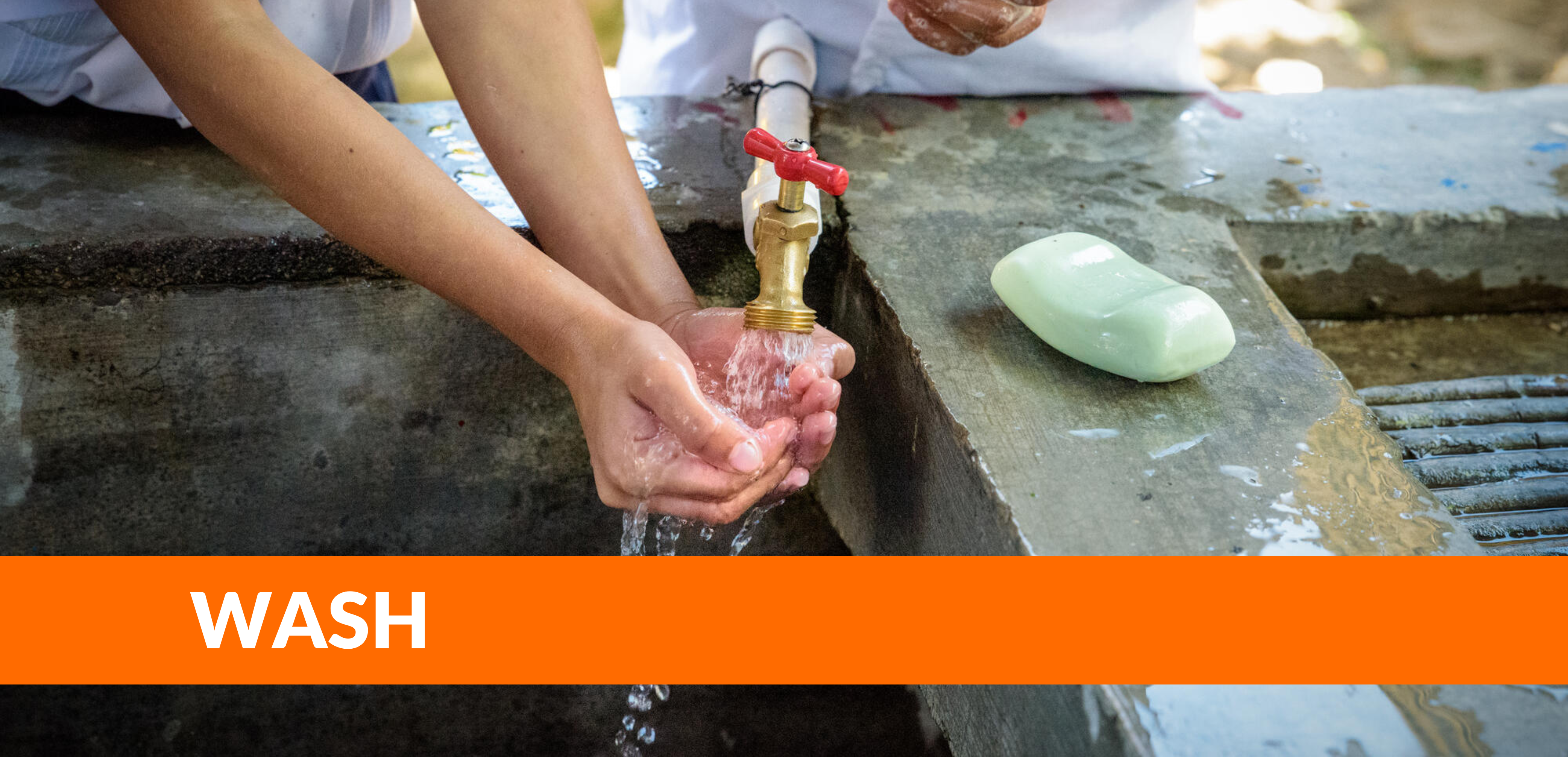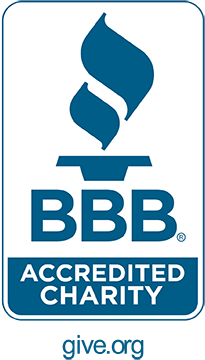Abstract: Prevention and control of healthcare-associated infections through the provision of water, sanitation, and hygiene (WASH) in healthcare facilities (HCF) is inadequate in low- and middle-income countries (LMICs), resulting in high patient morbidity and mortality, additional costs, and increased risk of antibiotic resistance. There is little evidence describing factors leading to improved WASH conditions in LMICs. We aim to identify the extent to which WASH is implemented in HCFs in LMICs and understand the ‘drivers’ of improvement in their service levels. WASH service levels in 14 LMICs were descriptively analyzed, and potential drivers of service-level differences were explored using univariable and multivariable mixed-model logistic regression analyses. Descriptive analysis showed a lack of adequate water quality, sanitation, hand, and environmental hygiene, and waste disposal. We found that the presence of infection prevention and control protocols (IPCPs), having an IPC/WASH focal person at the facility, and conducting WASH training for staff were associated with higher levels of WASH services. This study demonstrates a lack of basic WASH services in HCF in LMICs. We show that there are potential interventions, such as implementing IPCPs, identifying WASH leaders in HCF, and conducting training that may lead to service improvements.
Article from:
H2Open Journal (2021) 4 (1): 129–137.





